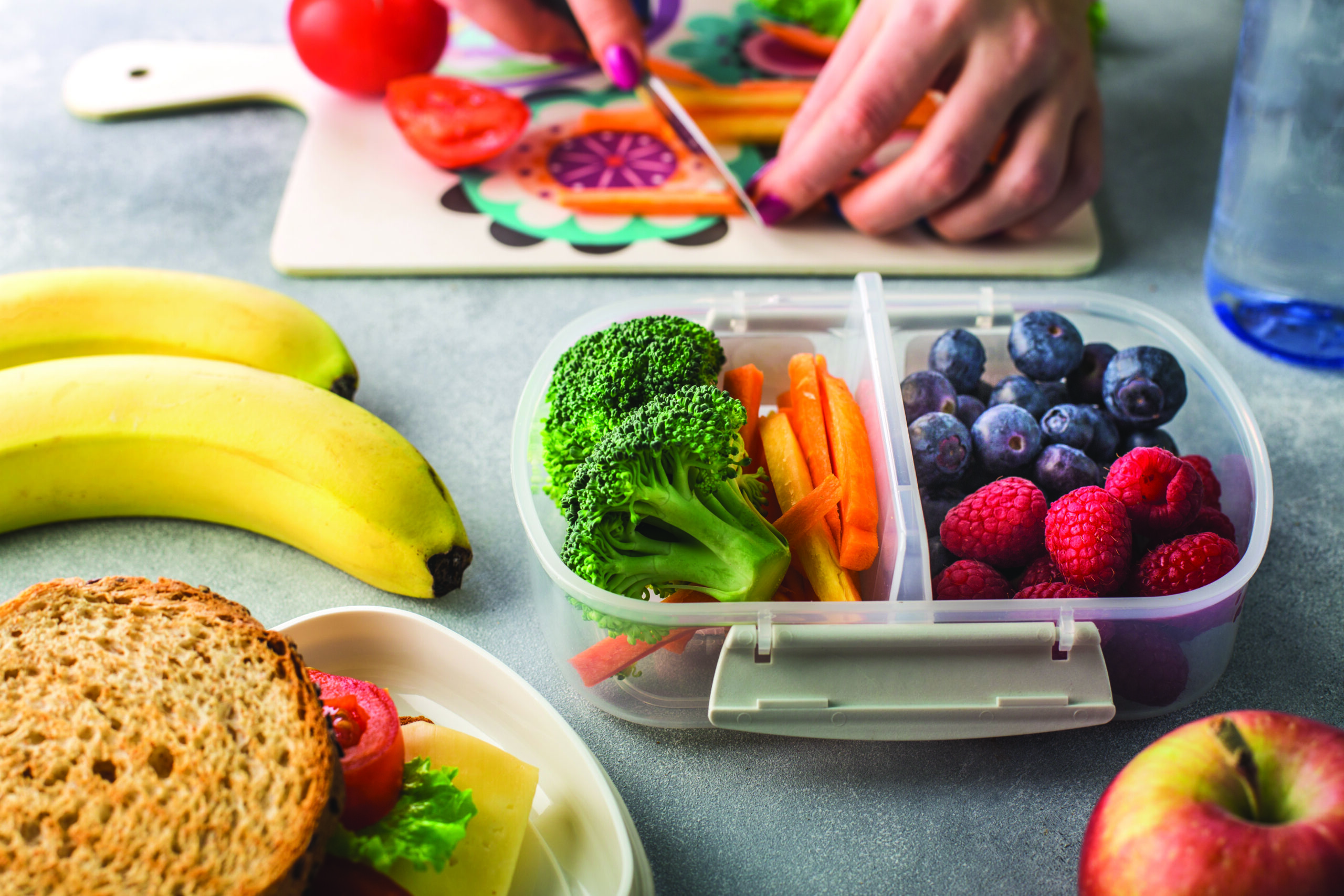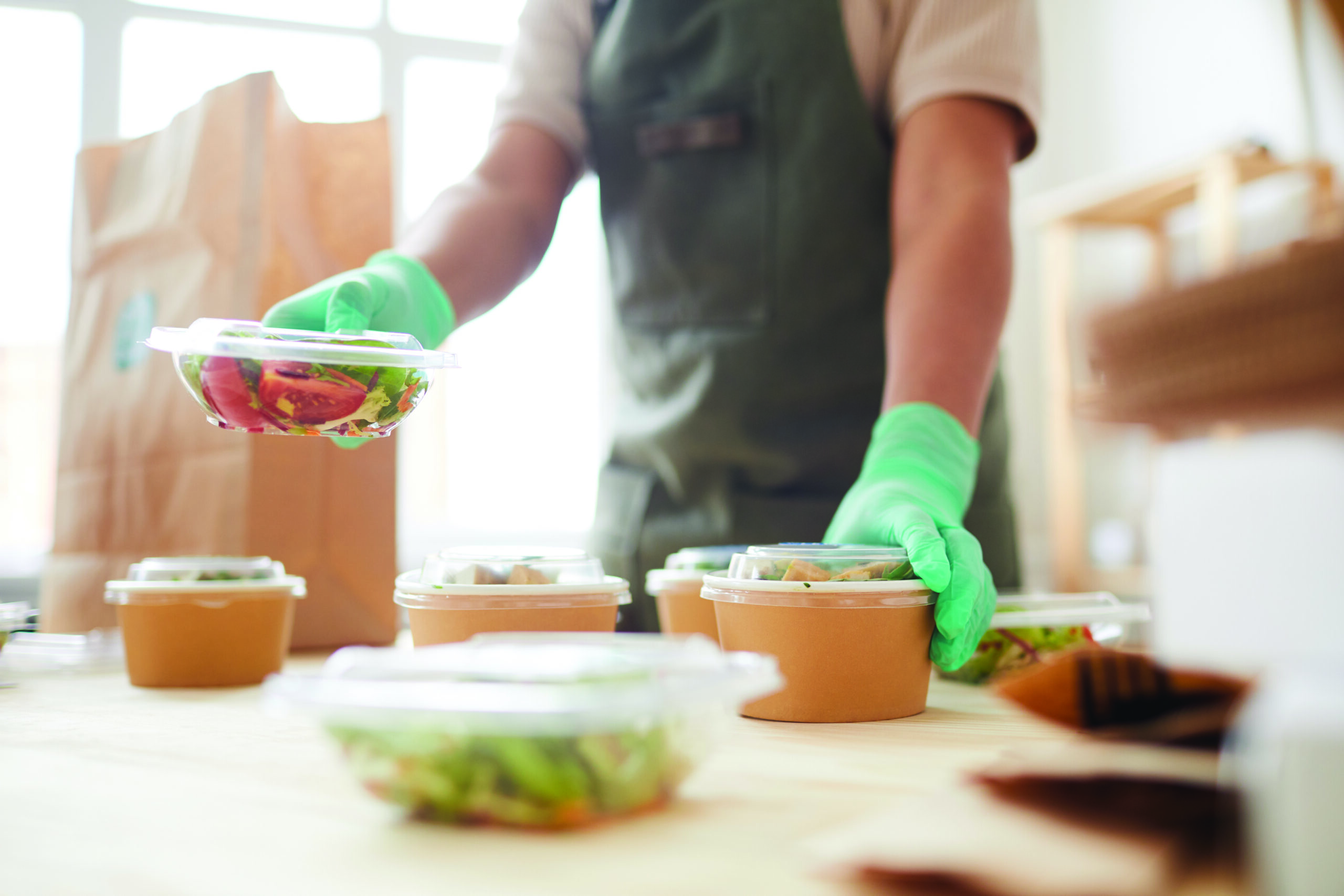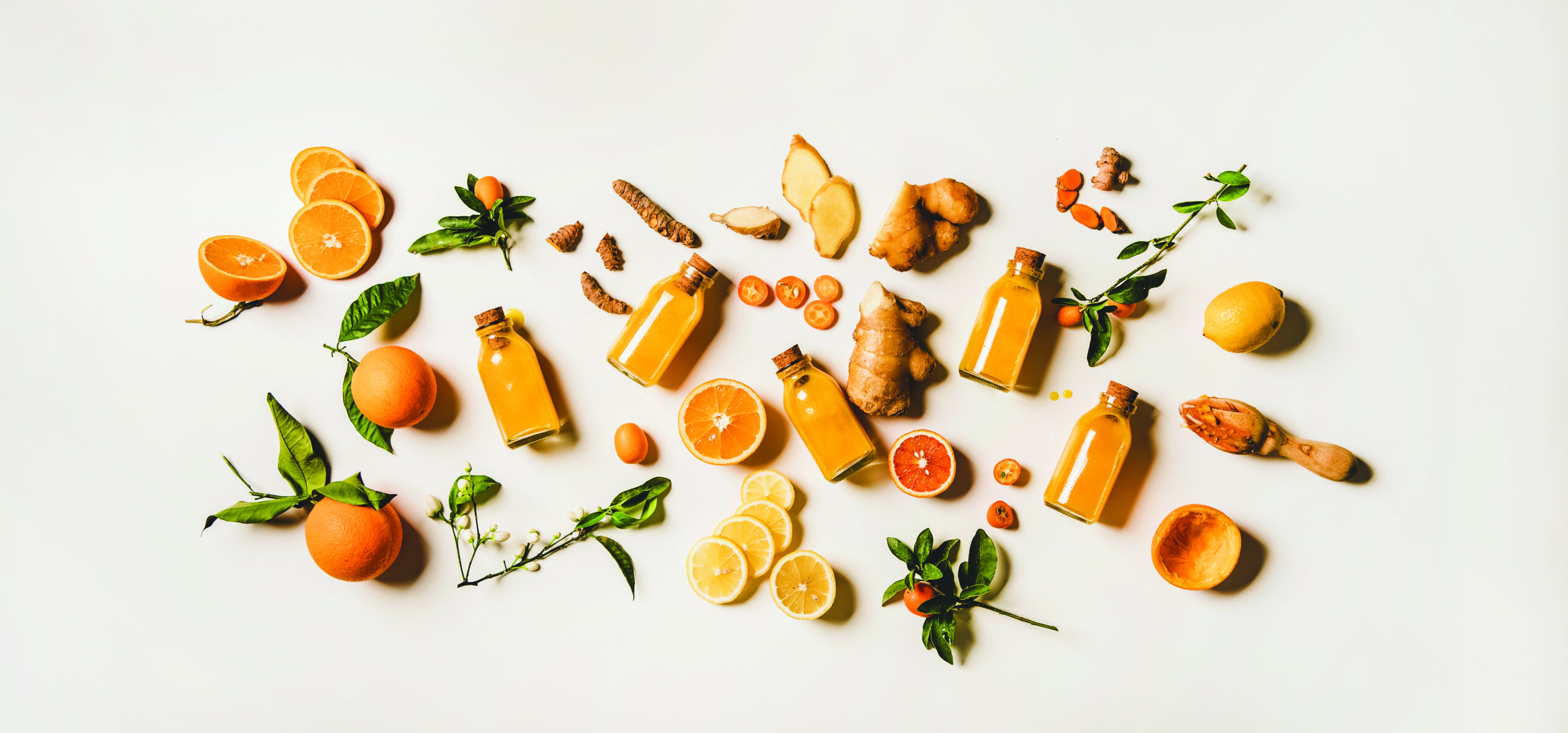by Lola Davis
Food allergies can turn a simple meal into a minefield of anxiety, especially when cross-contamination lurks in the shadows. Whether you’re a parent of a child with food allergies, a food allergy sufferer yourself or simply someone looking to ensure the safety of your loved ones, understanding how to prevent cross-contamination is essential. You need the knowledge and tools to navigate food allergies confidently, allowing you to enjoy meals without fear.
Understanding Cross-Contamination
Cross-contamination can occur at various stages of food preparation, from purchasing ingredients to serving the final dish. Common sources of cross-contamination include:
- Shared Utensils and Surfaces: Using the same utensils, cutting boards or plates for allergen-containing foods and allergen-free foods can lead to transfer.
- Food Particles: Tiny food particles, such as flour or breadcrumbs, can cling to surfaces and utensils, contaminating subsequent foods.
- Airborne Allergens: Allergens like nuts or seeds can become airborne during preparation, settling on other foods or surfaces.
- Personal Contact: Hands that have touched allergen-containing foods can inadvertently transfer allergens to other foods.
Educate Yourself and Others About Food Allergies
Educating yourself and others about food allergies is important for creating a safe and inclusive environment for those with food allergies. By understanding the severity of food allergies and the potential dangers of cross-contamination, you can take steps to prevent allergic reactions and ensure the well-being of individuals with food allergies.
- Understand Your Allergies: Know your specific allergens and the severity of your reactions.
- Communicate Effectively: Inform family, friends and restaurant staff about your allergies. Use clear and concise language to avoid misunderstandings.
- Read Labels Carefully: Always check food labels for allergen declarations. Be aware of hidden allergens, such as cross-contamination in processed foods.
Create a Safe Kitchen Environment
Creating a safe kitchen environment is essential for individuals with food allergies. By implementing a few simple strategies, you can significantly reduce the risk of cross-contamination and ensure that everyone can enjoy their meals without fear.
- Designate Allergen-Free Zones: Set aside specific areas in your kitchen for preparing and storing allergen-free foods.
- Clean Thoroughly: Regularly clean and sanitize all surfaces, utensils and equipment, especially after handling allergen-containing foods.
- Use Separate Utensils: Keep separate utensils, cutting boards and plates for allergen-free foods.
- Avoid Cross-contamination in Storage: Store allergen-free foods separately from allergen-containing foods to prevent accidental contact.
Practice Safe Food Preparation Techniques
Mastering safe food preparation techniques is essential for those with food allergies. By following specific guidelines, you can significantly reduce the risk of cross-contamination and ensure a safe dining experience for everyone.
- Wash Hands Frequently: Wash your hands with soap and water before and after handling food, especially when switching between allergen-containing and allergen-free foods.
- Prepare Allergen-Free Foods First: Cook allergen-free foods before handling allergen-containing ones to minimize the risk of airborne allergens.
- Use Clean Cooking Oil: Avoid using oil that has been used to cook allergen-containing foods.
- Be Mindful of Shared Appliances: If using shared appliances like toasters or microwaves, clean them thoroughly before and after each use.
Dining Out Safely and Considering Food Allergies
Dining out with food allergies can be a daunting experience, but with careful planning and effective communication, it’s entirely possible to enjoy a delicious meal without compromising your safety. By understanding your specific allergens, researching restaurants that cater to dietary restrictions and confidently communicating your needs to restaurant staff, you can navigate the dining scene with ease and confidence.
- Choose Restaurants Wisely: Research restaurants that have experience handling food allergies and are willing to accommodate special dietary needs.
- Communicate Clearly: Inform the server about your allergies and any specific dietary requirements.
- Ask Questions: Don’t hesitate to ask about preparation methods, ingredients and potential cross-contamination risks.
- Consider Takeout or Delivery: Choose takeout or delivery to have greater control over the preparation process.
Travel with Caution When You Have Food Allergies
Traveling with food allergies can be a complex endeavor, but with careful planning and preparation, it’s entirely possible to have a safe and enjoyable trip. By understanding your specific allergens and the potential risks associated with foreign cuisines and unfamiliar food environments, you can take proactive steps to minimize the risk of allergic reactions.
- Pack Your Own Food: Bring pre-packaged, allergen-free snacks and meals to avoid relying on unfamiliar food sources.
- Research Local Options: Identify restaurants and grocery stores that can accommodate your dietary needs.
- Communicate with Accommodations: Inform your accommodations about your allergies and request allergen-free rooms and dining options.
- Carry Emergency Medication: Always have your prescribed epinephrine auto-injector (EpiPen) with you.
- Wear Medical Alert Jewelry: Consider wearing a medical alert bracelet or necklace to inform others about your allergies in case of an emergency.
Empowering Yourself with Knowledge About Food Allergies in the Culinary Landscape
By following these guidelines and staying informed, individuals with food allergies can navigate the culinary world with confidence. Remember, prevention is key. By taking proactive measures and communicating effectively, you can enjoy a safe and fulfilling food experience.








Leave A Comment